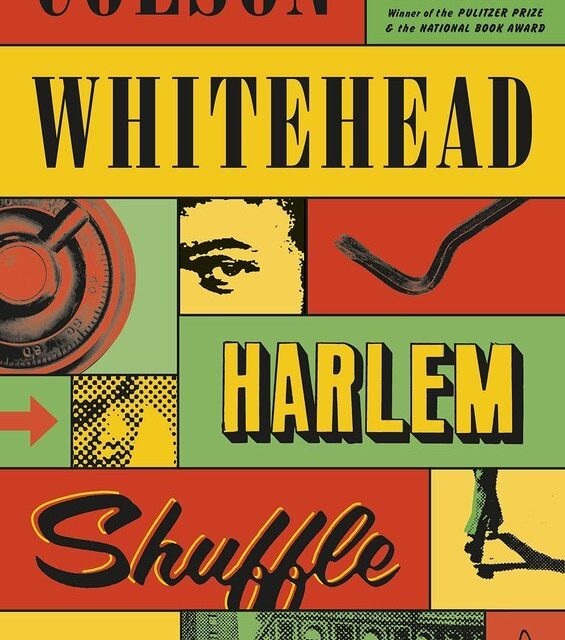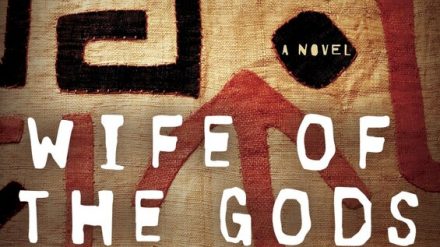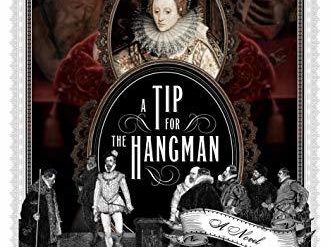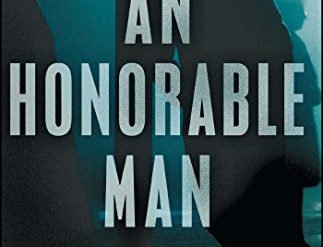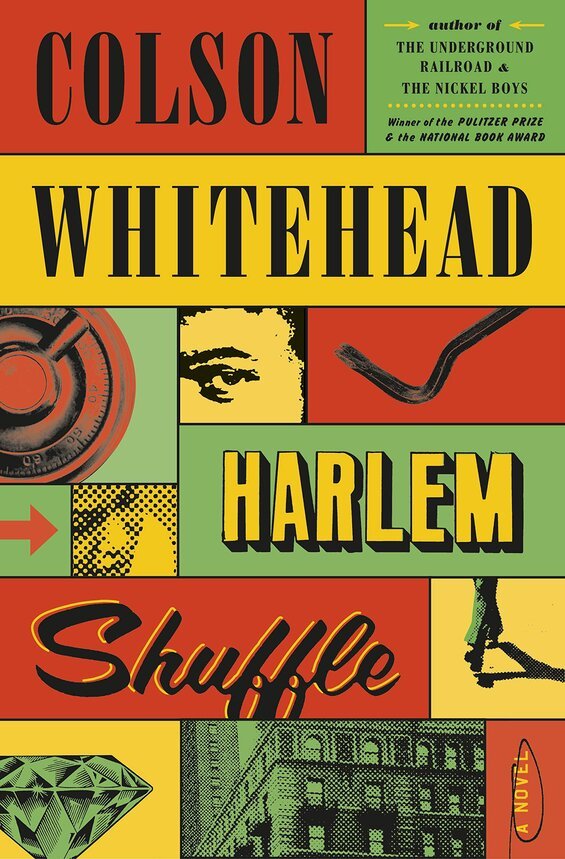
Estimated reading time: 5 minutes
His cousin Freddie brought him on the heist one hot night in early June.” So opens Colson Whitehead’s glorious recreation of the sights and sounds of the early 1960s in New York City. Grounded in Harlem, his crime novel offers up a colorful view of “the black city and the white city: overlapping, ignorant of each other, separate and connected by tracks.” In this tumultuous setting, we follow the course of Ray Carney’s life from 1959 to 1965 as Harlem slides into the increasing violence that erupted late in the era of the Civil Rights Movement.
“He was only slightly bent”
Carney has defied the legacy of his long-missing father, Big Mike. The man sometimes carried a lead pipe to break people’s kneecaps, but Carney is nothing like that. With his business degree from Queens Community College and the furniture store he owns and runs on 125th Street and Morningside, he “was only slightly bent when it came to being crooked.” Carney married up to Elizabeth, daughter of a prominent Black accountant with a townhouse on Striver’s Row. They have a daughter, and a son will come along soon. And throughout his life, Carney struggles to juggle the two sides of his character, the crooked and straight.
Harlem Shuffle (Harlem Trilogy #1) by Colson Whitehead (2021) 336 pages ★★★★★
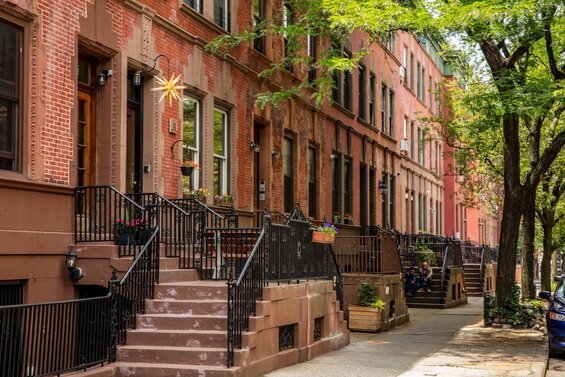
A crime novel that tells a bigger story
Welcome to Harlem, June 1959. Ray Carney is the proud owner of Carney’s Furniture, which he’d transformed from the failing business he’d bought two years earlier. He’d financed the venture with $30,000 his father had left him in the wheel well of his only legacy, an old pickup. Now, Carney’s is merely a struggling business, but the owner is ambitious. What he wants, above all, is to live with his family in an apartment on Riverside Drive, overlooking the Hudson. And that ambition is supported by the income he earns on the side as a fence for his cousin Freddie and, later, other light-fingered crooks. Freddie’s circle of associates, and thus Carney’s too, includes such Harlem luminaries as Pepper, Miami Joe, Chink Montague, and Yea Big. But he now lives a long way from Riverside Drive, much less from Strivers’ Row, and his father-in-law won’t let him forget it.
The balancing act gets hard to manage
By 1961, in the second of the crime novel’s three sections, things are beginning to look up for Carney. The store is doing better, and he’s starting to fence goods from a better class of crooks. Carney’s prosperity is attracting attention, too, even from the doctors, lawyers, accountants, and politicians who hang out in the Dumas Club. Of course, his father-in-law has long been a member—something else he won’t let Carney forget. But Freddie keeps involving him in more and more dangerous capers, and Carney’s balancing act between his bent and straight sides is getting harder to manage.
“This riot stuff will cramp a brother’s style”
Things come to a head in 1964. Two years earlier, a sleazy banker cheated him out of $500, and Carney is obsessed with the need for vengeance. Another of Freddie’s schemes goes bad, bringing down pressure on both of them from a prominent Park Avenue family as well as one of Harlem’s notoriously violent crime bosses. Meanwhile, Carney develops a complex scheme to get even with the banker. All the while, the civil rights struggle is heating up, and the murder of a young man by a police lieutenant has touched off days of violent rioting and looting. Freddie laments, “this riot stuff will cramp a brother’s style.”
Whitehead grounds his tale on solid research into Harlem’s history and the sociology of the quarter-million people who lived there at the time. Clearly, he has also researched the finer points of the retail furniture business and the jewelry trade. The author is an accomplished pro.
About the author
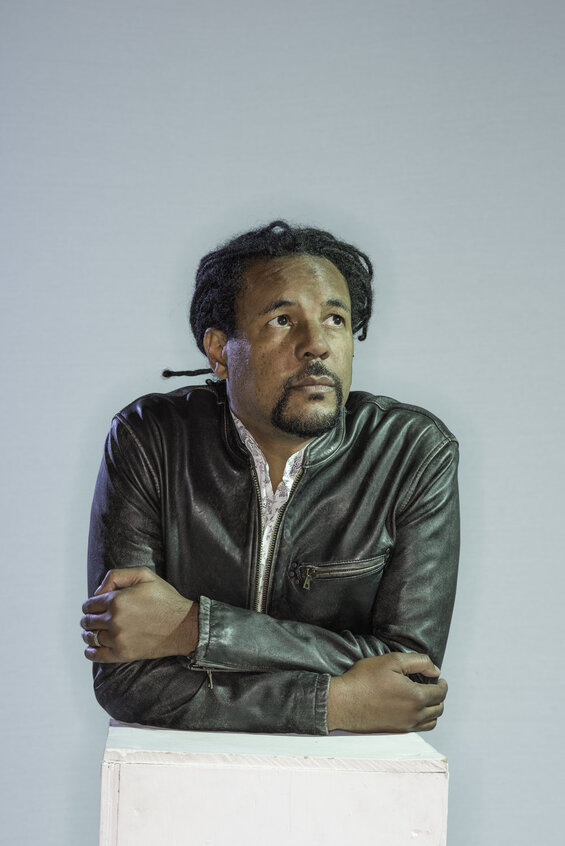
Colson Whitehead was born in New York City in 1969 and grew up in Manhattan; he lives there today with his wife and their two children. He is a graduate of the Trinity School and Harvard University and won a MacArthur Foundation “genius” grant in 2002. Whitehead is the author of eight novels, most notably The Underground Railroad, for which he won both the National Book Award and the Pulitzer Prize, and The Nickel Boys, which won him the Pulitzer Prize for Fiction again.
For related reading
Later I reviewed the second book in this trilogy, Crook Manifesto (Colson Whitehead’s Harlem trilogy continues).
This is one of The best books of 2021 and of 20 excellent standalone mysteries and thrillers.
For a much earlier fictional portrayal of crime in Harlem, see A Rage in Harlem (Harlem Detectives #1 of 6) by Chester Himes (The famous Harlem Detectives enter a comic scene).
I’ve also reviewed Whitehead’s The Nickel Boys (A brilliant novel dramatizes life under Jim Crow), a historical novel that won him the Pulitzer Prize for Fiction last year.
You might also enjoy two other historical novels, both by James McBride, that illuminate the African-American experience in America:
- Deacon King Kong (Unforgettable characters in this delightful new novel)
- The Good Lord Bird (American history, laughing all the way), winner of the National Book Award
And an intriguing historical novel fills in some of Harlem’s backstory: The Strivers’ Row Spy (Renaissance #1) by Jason Overstreet (African-American history in the 1920s comes to life in this spy novel).
Check out Good books about racism reviewed on this site and Top 20 popular books for understanding American history.
And you can always find my most popular reviews, and the most recent ones, on the Home Page.

